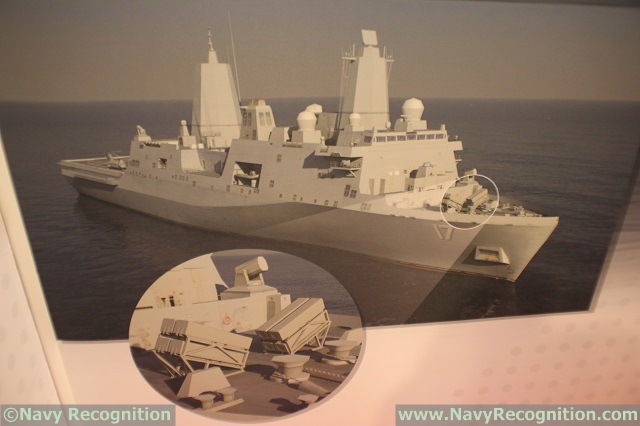|
U.S. Navy video on Distributed Lethality |
|||
Comment
by Xavier Vavasseur, Chief Editor At the Surface Navy Association's (SNA) National Symposium held in January this year, Navy Recognition saw many examples and interpretation of this concept by the naval defense industry. Kongsberg of Norway was showing Naval Strike Missiles (NSM) fitted aboard San Antonio class LPD (as seen in the CGI above). Advanced Acoustic Concepts (AAC, a joint DRS/Thales company) was showing a video of DDG 51 Flight III fitted with a CAPTAS-4 Variable Depth Sonar (VDS). Make sure to check our coverage of Sea Air Space held in a couple weeks as for sure there will be more examples of the distributed lethality concept. |
|||
U.S. Navy Seriously Considering Distributed Lethality for its Amphibious Forces
- Posted On











